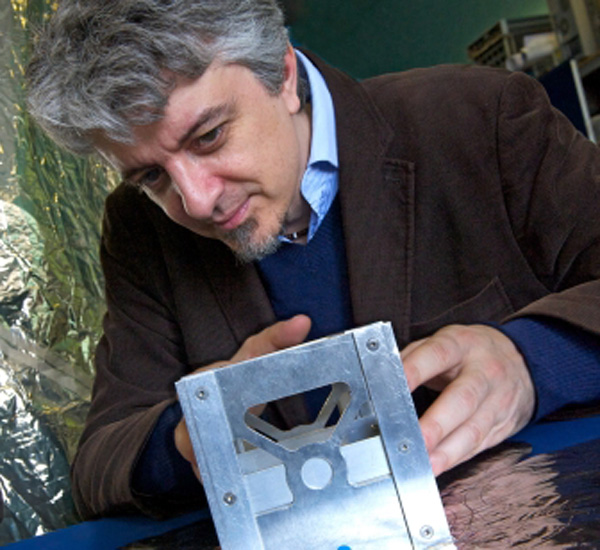Aerospace engineers in Scotland have hit on a novel way to get around one of the main drawbacks of solar power — its inconsistency.
Although large volumes of energy are being created worldwide thanks to solar, the energy is significantly affected by changes in the weather, while at night, of course, no power can be generated.

To overcome these problems, researchers at Strathclyde University are working with colleagues in Europe, Japan and the U.S. to put solar power stations into orbit.
A satellite solar power facility would be able to avoid the vagaries of the weather. According to the research team it would send the energy generated to earth in the form of microwaves or lasers.
According to Massimiliano Vasile, who is heading the research, the technology could be used in disaster scenarios where power is scarce on the ground. Energy could be beamed straight down from the satellite, Vasile said.
“Space provides a fantastic source for collecting solar power and we have the advantage of being able to gather it regardless of the time of the day or indeed the weather conditions,” Vasile said in a statement. “By using either microwaves or lasers we would be able to beam the energy back down to earth, directly to specific areas. This would provide a reliable, quality source of energy and would remove the need for storing energy coming from renewable sources on ground as it would provide a constant delivery of solar energy.”
Vasile added: “Initially, smaller satellites will be able to generate enough energy for a small village but we have the aim, and indeed the technology available, to one day put a large enough structure in space that could gather energy that would be capable of powering a large city.”
Another potential application would be in sending power to space missions. Manned space missions to the moon or unmanned rovers exploring the further reaches of the solar system could have power beamed to them across space.
The solar project is the European branch of a study led by the NASA Institute for Advanced Concepts (NIAC). The University of Strathclyde research team is part of an international consortium involving American and Japanese scientists.

The NIAC study is seeking a new conceptual design for large-scale solar power satellites. The Strathclyde team is tasked with developing “innovative solutions for the structural elements and new solutions for orbit and orbit control.”
Last month, a team of science and engineering students at Strathclyde developed an innovative “space web” experiment which was carried on a rocket from the Arctic Circle to the edge of space. Known as Suaineadh – or “twisting” in Scots Gaelic, the design demonstrated that larger structures could be built on top of a light-weight spinning web, paving the way for the next stage in the solar power project.